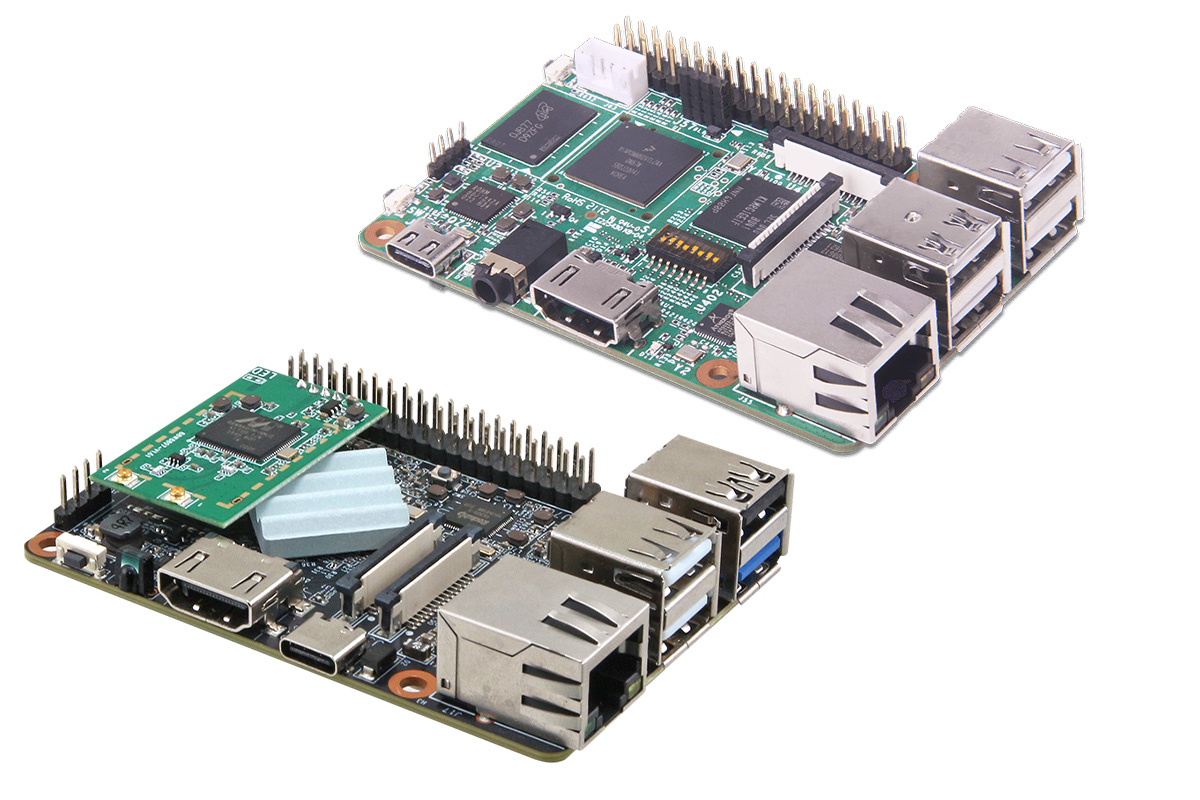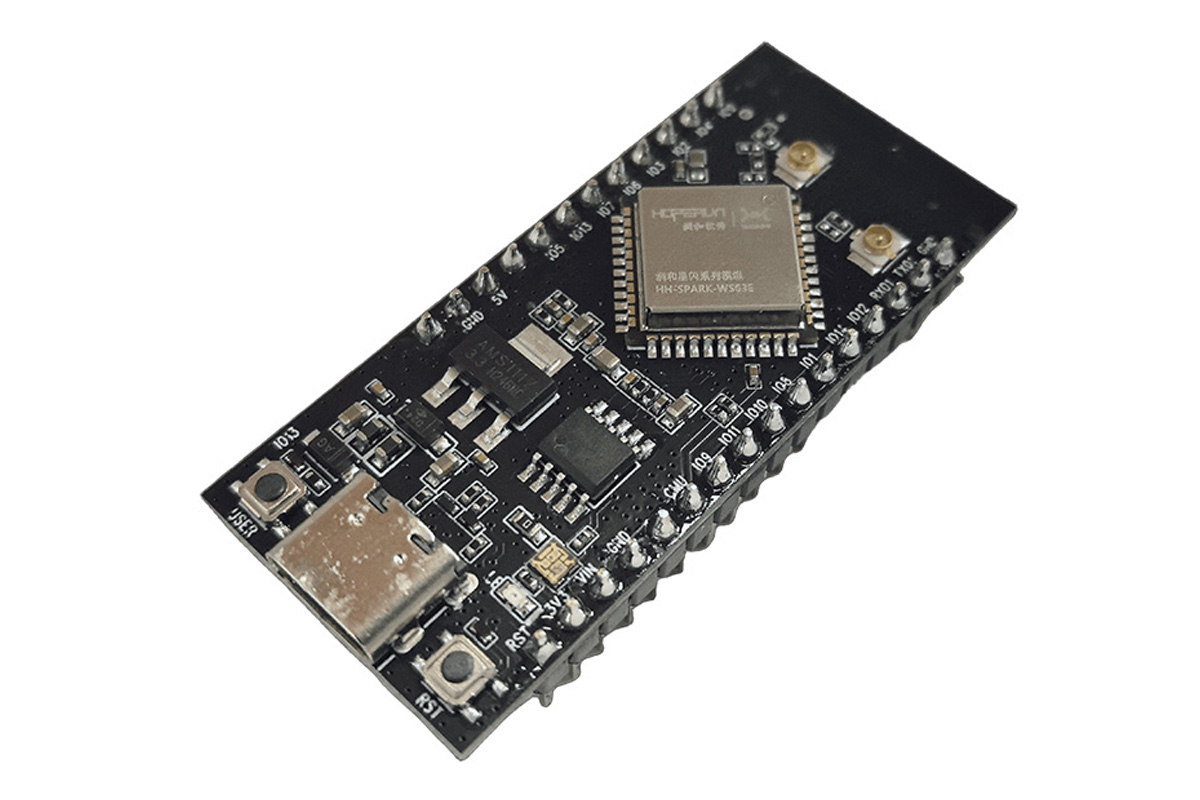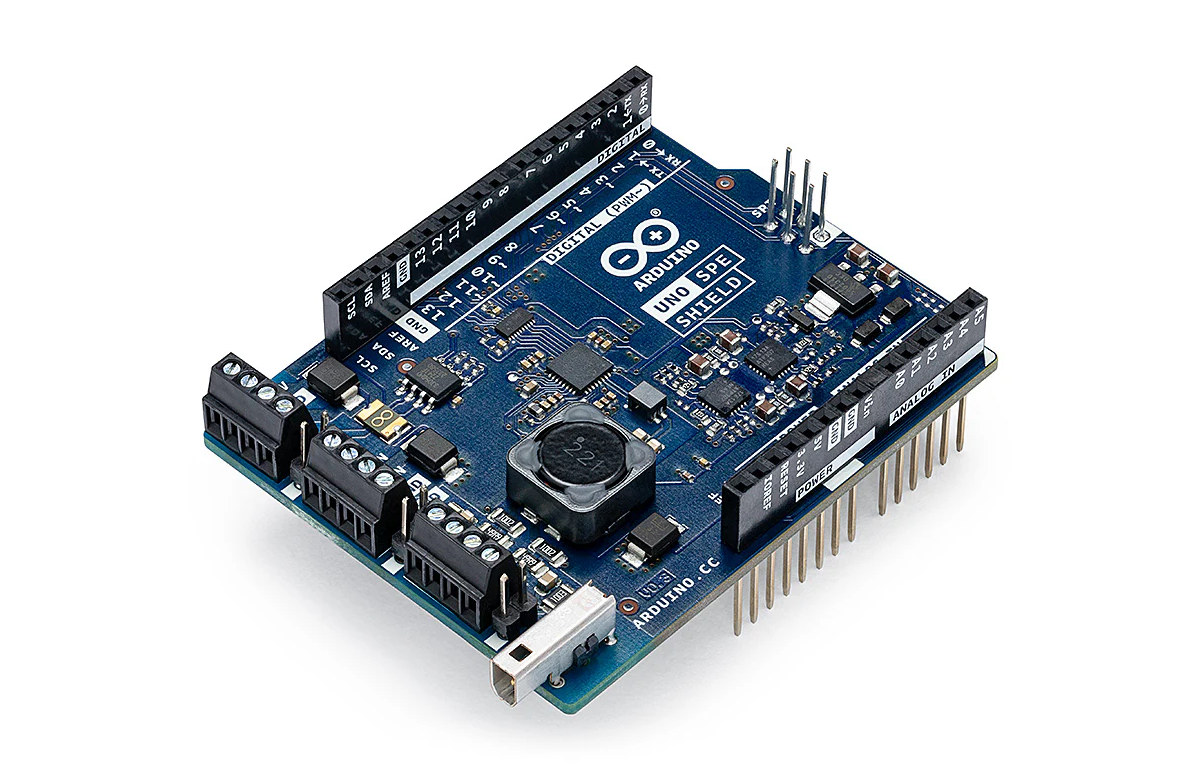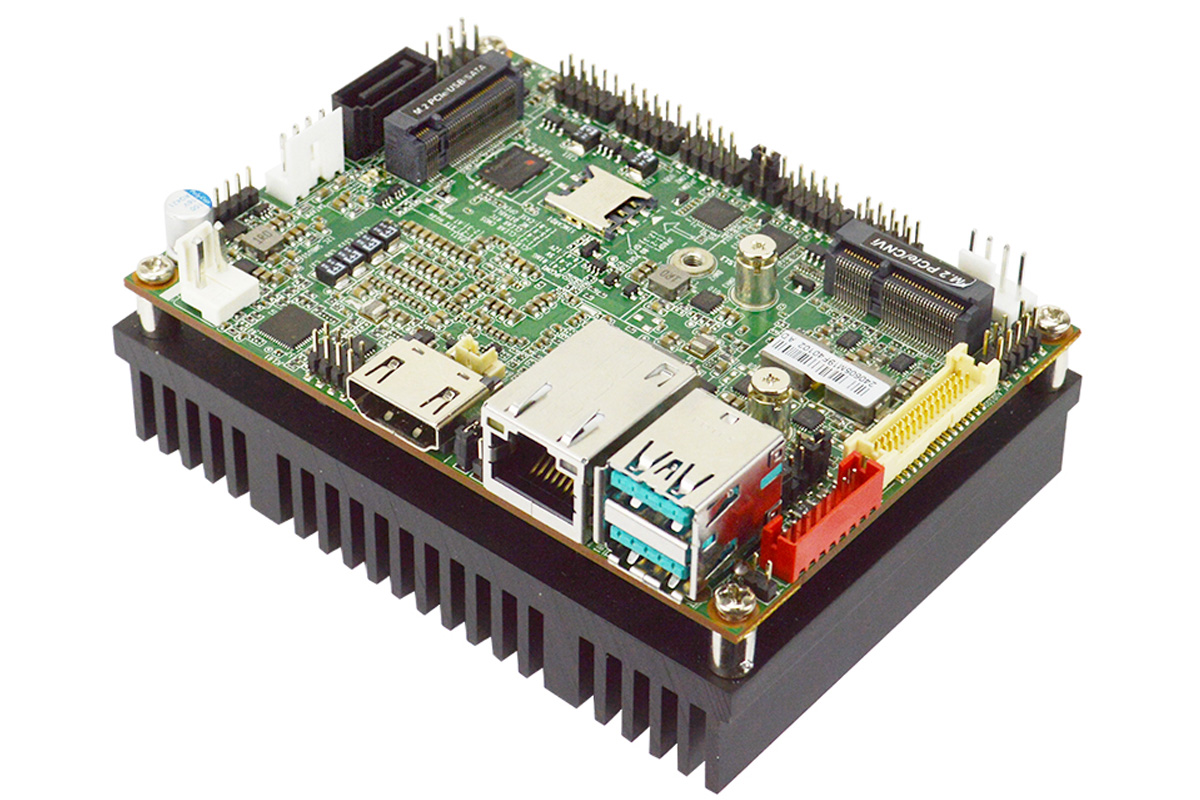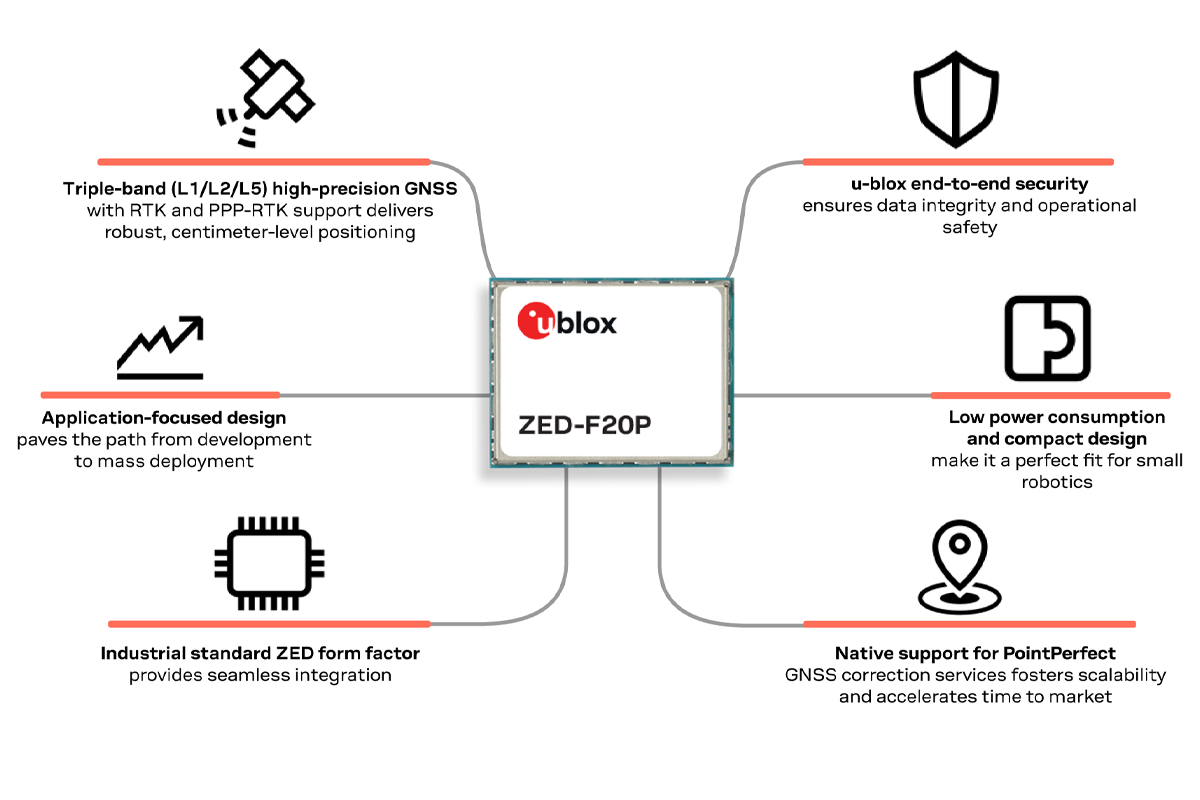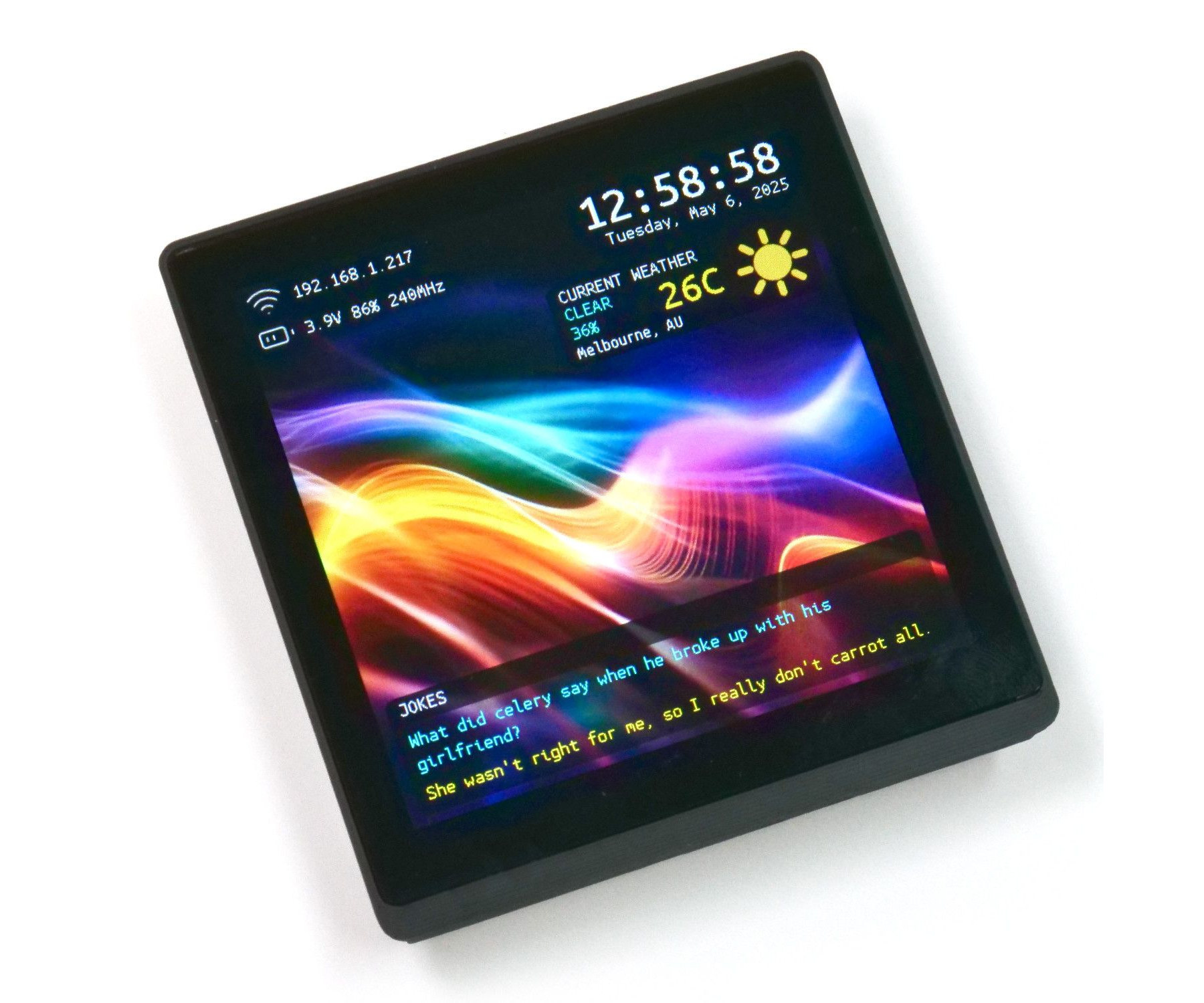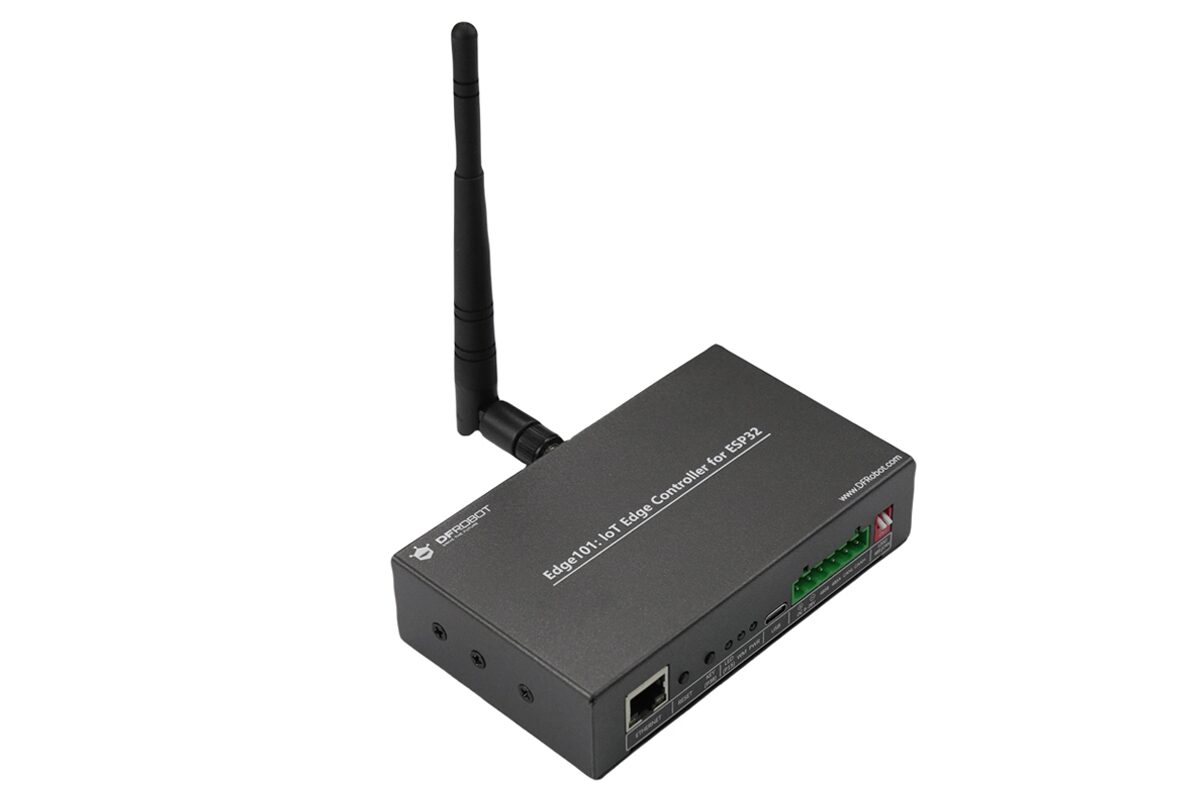Avalue Technology’s ACPI-PI is a Raspberry Pi-compatible, industrial SBC family, starting with the ACP-3566-PI and ACP-IMX8-PI, designed for edge computing and industrial IoT applications with long-term supply. The ACP-3566-PI is built around a Rockchip RK3566 quad-core Cortex-A55 processor with 4GB RAM and 32GB eMMC. Other features include 4K HDMI output, MIPI DSI/CSI, GbE LAN, Wi-Fi, Bluetooth, and a 40-pin GPIO header for UART, SPI, I2C, and RS-232/RS-485 expansion. The ACP-IMX8-PI, on the other hand, is built around an NXP i.MX8M Mini processor (quad Cortex-A53 + Cortex-M4), 4GB LPDDR4, 32GB eMMC, HDMI, MIPI display, and camera support. Additionally, it has four USB 2.0 ports, an SD slot, an audio jack, and GPIO/UART expansion. Measuring 85×55 mm, both boards can be used for smart retail, healthcare, factory automation, and AI edge deployments. ACP-3566-PI specifications: SoC – Rockchip RK3566 CPU – Quad-core Cortex-A55 processor @ up to 1.8/2.0 GHz GPU – with Arm […]
$7 NearLink WS63E board supports Wi-Fi 6, BLE, and SparkLink Low Energy (SLE)
The HiHope_NearLink_DK_WS63E_V03 is a low-power NearLink dev board built around the HiHope HH-SPARK-WS63E module, which features the HiSilicon NearLink WS63E SoC with 2.4GHz Wi-Fi 6, BLE 5.2, and SparkLink (SLE) 1.0 support. It’s designed for Smart Home and AIoT applications requiring low power and high security. The NearLink WS63E SoC features a 240MHz 32-bit CPU, 606KB SRAM, and a 4MB flash. The board exposes various interfaces like SPI, QSPI, I2C, UART, ADC, PWM, and GPIOs through GPIO headers. Security features include hardware AES, RSA, ECC, and FIPS140-2-compliant RNG. Target applications include Smart Home appliances, wearables, medical monitoring, industrial testing, energy management, and Smart Agriculture. HiHope NearLink_DK_WS63E specifications: SoC – HiSilicon NearLink WS63E 32-bit microprocessor up to 240 MHz 606 KB SRAM, 300 KB ROM 4MB embedded Flash Wireless (2.4GHz) Wi-Fi IEEE 802.11b/g/n/ax (ch1–ch14), 20/40MHz (n), 20MHz (ax) Data rates: up to 150 Mbps (HT40), 114.7 Mbps (HE20) MAC: 802.11d/e/i/k/v/w; Features: A-MPDU, […]
Arduino UNO SPE Shield adds Single Pair Ethernet and RS485 to Arduino boards
Arduino UNO SPE Shield adds Single Pair Ethernet (SPE) and RS485 to Arduino UNO and compatible boards, notably the Arduino UNO R4, via a Microchip LAN8651 SPE controller. Single Pair Ethernet relies on just two wires to carry data and power, allowing for much more compact designs and simpler wiring compared to traditional RJ45-based solutions with Cat 5 cables. It especially benefits IoT and IIoT applications for buildings, factories, and process automation. Arduino UNO SPE specifications: Networking – Single Pair Ethernet (SPE) via Microchip LAN8651B1 10BASE-T1S MAC-PHY Ethernet Controller with SPI Data rate: 10 Mbit/s over a single balanced pair T1SP and T1SN available on screw terminal block Dedicated T1S SPE connector Maximum Distance – Supports up to 25 meters in multidrop topology (multiple nodes on a single segment) Up to eight nodes in a multidrop network Serial – RS485 via MaxLinear XR33058 Half duplex RS485 Data rate: 20 Mbit/s […]
Jetway PIC-ASL1 – A low-power Intel Atom x7213RE/x7433RE fanless industrial Pico-ITX SBC
Jetway PIC-ASL1 is a low-power, fanless Pico-ITX SBC built around the Intel Atom x7213RE or x7433RE Amston Lake SoC for industrial use. This SBC is very similar to the Alder Lake-N-based JPIC-ADN1, which Jetway released just last year. While both boards support up to 32GB DDR5 memory and dual displays via HDMI 2.0b and LVDS/eDP, the PIC-ASL1 adds industrial-grade resilience with shock/vibration resistance, a Nano SIM slot for cellular connectivity, and an Intel PTT for security. It also features a similar I/O layout, including dual USB 3.2 Gen 2, four USB 2.0, serial headers, two M.2 expansion slots, and a SATA III port for storage. Additionally, the PIC-ASL1 complies with various industrial standards, making it more suitable for use in harsh industrial environments compared to the ADN1. Jetway PIC-ASL1 specifications: Amston Lake SoC (one or the other) Intel Atom x7213RE dual-core processor @ 2.0 to 3.4 GHz with 6MB cache, […]
u-blox ZED-F20P triple-band GNSS module provides 25Hz RTK/PPP-RTK with centimeter accuracy for drones and robots
The u-blox ZED-F20P is a high-precision, triple-band GNSS module designed for fast-scaling applications, such as drones, ground robots, and other dynamic platforms. It supports L1/L2/L5 bands and delivers centimeter-level accuracy using RTK and PPP-RTK correction methods. Designed for low power consumption and fast convergence, the ZED-F20P operates at 25 Hz and integrates various security features, making it suitable for lightweight and mobile platforms. It is fully compatible with the existing ZED module footprint and UBX protocol, allowing easy integration and upgrade paths within the ZED portfolio. The module works with the ANN-MB2 all-band antenna and supports u-blox’s PointPerfect Flex and Live correction services, offering rapid, base station–free accuracy in challenging environments. These features make this suitable for applications like robotic lawnmowers and autonomous aerial systems. u-blox ZED-F20P specifications: Storage – Internal Flash for firmware GNSS receiver u-blox F20 engine (672-channel) GPS – L1C/A, L2C, L5 QZSS – L1C/A, L1C/B*, L2C, […]
ESP32-P4 development board features 3.4-inch or 4-inch round IPS touchscreen display
Waveshare ESP32-P4-WIFI6-Touch-LCD-3.4C and ESP32-P4-WIFI6-Touch-LCD-4C ESP32-P4-based development boards feature a 3.4-inch and a 4-inch round IPS display, respectively, a 10-point capacitive touchscreen, and a wide 170° viewing angle. They also integrate two microphones with echo cancellation for voice AI applications and offer Wi-Fi 6 and Bluetooth 5 (LE) connectivity via an ESP32-C6 module. Designed for AIoT and HMI projects, the boards also include USB ports, a camera connector, a speaker connector, and a microSD card slot. Target applications include Smart Home control panels, voice-controlled interfaces, digital dashboards, indoor environmental monitoring, PC performance monitoring, and other secure IoT and edge computing applications. Waveshare ESP32-P4-WIFI6-Touch-LCD-3.4C/4C specifications Main module – ESP32-P4-Core Module Microcontroller – ESP32-P4NRW32 MCU Dual-core RISC-V microcontroller @ 400 MHz with AI instructions extension and single-precision FPU Single-RISC-V LP (Low-power) MCU core @ up to 40 MHz GPU – 2D Pixel Processing Accelerator (PPA) VPU – H.264 and JPEG codecs support Memory – […]
Battery-powered SQUiXL devkit pairs 4-inch touchscreen display with ESP32-S3 WiFi and Bluetooth SoC
Unexpected Maker’s SQUiXL is a battery-powered ESP32-S3 WiFi and Bluetooth IoT controller and development platform with a 4-inch touchscreen display with 480×480 resolution. Designed for makers, hardware engineers, embedded developers, and home automation enthusiasts, the SQUiXL integrates with 8MB PSRAM and a 16MB SPI flash for plenty of resources for the firmware. Other features include a microSD card, an amplifier with speaker connector, a haptic driver and motor, an RTC, and a STEMMA/Qt connector for expansion. SQUiXL specifications: WiSoC – Espressif Systems ESP32-S3 CPU – Dual-core Tensilica LX7 @ up to 240 MHz with vector instructions for AI acceleration Memory – 512KB RAM Wireless – 2.4 GHz WiFi 4 and Bluetooth 5.0 LE + Mesh Memory – 8MB octal PSRAM Storage 16MB QSPI flash MicroSD card slot (multiplexed with audio amplified) Display – 4-inch 480×480 RGB display with capacitive touch (GT911) Audio MAX98357A I2S Audio Amplifier (multiplexed with microSD card […]
DFRobot Edge101 ESP32 industrial IoT controller offers isolated RS485 and CAN Bus interfaces
DFRobot Edge101 is an industrial-grade IoT controller built around the ESP32 MCU, designed as a bridge between development boards and industrial IoT systems. Housed in a full metal enclosure, it comes with various protection features including surge, ESD, lightning, overvoltage, and reverse polarity protection, and supports continuous 24/7 operation in harsh environments. It integrates RS-485, CAN bus, Ethernet, Wi-Fi, Bluetooth, and RTC, and supports expansion via a PCIe slot for 4G LTE cellular communication, making it suitable for automation, environmental monitoring, and remote data acquisition in industrial or outdoor settings. The IoT controller also offers flexible mounting options such as DIN rail or ear mounting. DFRobot Edge101 specifications: Wireless MCU – Espressif Systems ESP32 CPU – Dual-core Tensilica LX6 microcontroller @ up to 240 MHz Memory – 520 KB SRAM, 16 KB RTC SRAM Wireless – WiFi 4 and Bluetooth 4.2 Storage – 4MB SPI NOR flash, MicroSD card slot Connectivity […]


